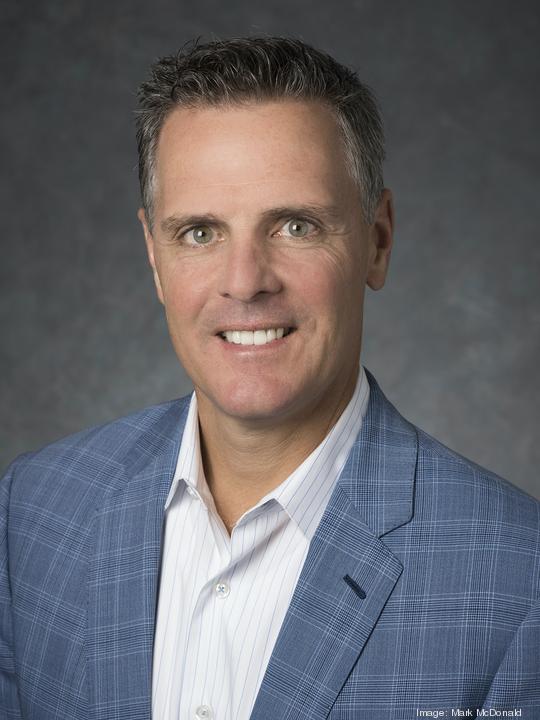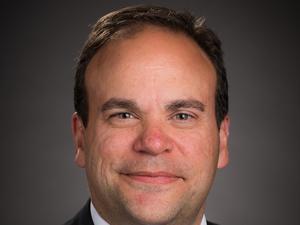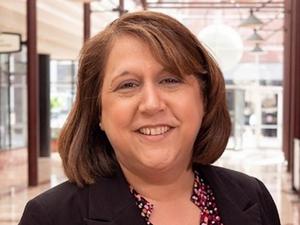
The years Commerce Bank spent developing innovative solutions to improve hospital cash flow resulted in what is now one of the bank’s fastest-growing areas of business: Healthcare Financial Solutions.
“One of the major reasons health care is so expensive is just because it’s so administratively burdensome,” said Rick Heise, Commerce's senior vice president of health care. “So what we’ve done is find the key spots in that where we have an opportunity to create efficiency in the payment cycle — not so much the billing cycle — as it relates to cash flow. So where we focus in on is what we call integrated payables and integrated receivables.”
Commerce Bank found that health systems and hospitals deal with incoming payments from nearly 6,000 entities — and all have different ways of making payments, either electronically or via paper. Providers also have thousands, or in some cases hundreds of thousands, of patients paying them as well, via check, electronic payment, point of service or a payment plan. All of that needs to be organized, tracked and logged.

“We’re basically in that spot,” Heise said. “We’re accepting all the payments and the paperwork. We’re taking all of those inputs, organizing and reconciling all of them, then creating a clean posting file for either the general ledger or for the revenue cycle system.”
Commerce Bank also helps on the accounts payable side, using electronic payment technologies to automate and manage supplier payments and patient refunds. It also offers patient financing solutions. Clients pay Commerce fees based on how many services they use.
The bank did all the application programming interface work, ensuring that its solutions can integrate with all the primary software platforms that hospitals use. That makes it highly versatile, not just a bolt-on solution for one specific piece of hospital software.
Heise said Commerce started offering the service to physician practices and then moved to midsize hospitals. Today, it also has several multibillion-dollar health systems using its solutions to integrate with their primary software platforms.
Commerce did much of the work through an in-house software development group.
"We have product managers and IT staff fully dedicated to our health care solutions," Heise said. "We have support teams, and then we obviously have our implementation, account management and sales teams as well, that go out and help do business development. So it’s an end-to-end team that does everything from marketing and selling to product development, product management and then implementation.”
Healthcare Financial Solutions has been growing at an average annual rate of about 40% the past three years.
Ward Svarvari, vice president and national health care executive at Commerce Bank, said the pandemic boosted the business.
“Handling all this is complicated, and they’ve been doing it very manually and paper based, so they’re behind many other industries in terms of automation,” Svarvari said. “Then the pandemic hit, and with people working from home, obviously you couldn’t do all that work in a paper-based, manual environment anymore. So a lot of the innovation was because of that disruptive event that forced health care systems to go figure out how to do it. We’re not only automating all that work, we’re putting it in a digital format that allows the work to be done from anywhere, and they can do more with it.”







